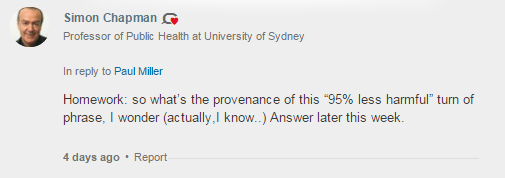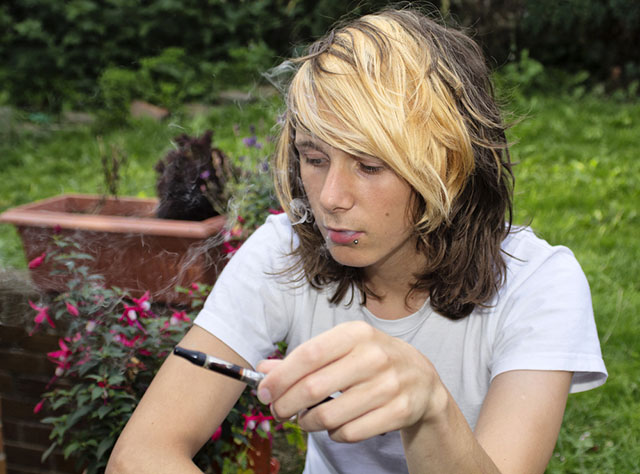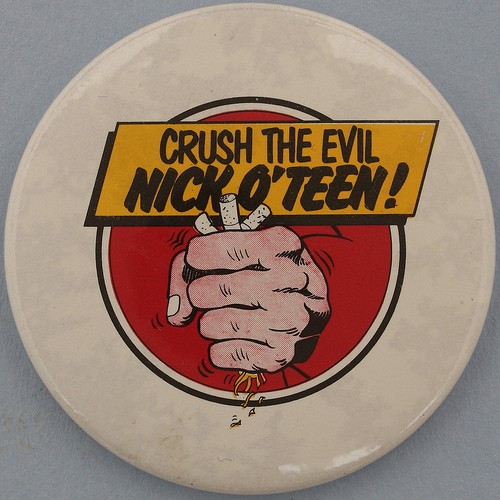
Mad Stan clutching at straws (again)
Today Sara Kalkhoran and I published “Modeling the Health Effects of Expanding e-Cigarette Sales in the United States and United Kingdom”
Is the beginning of one of Frampton’s latest blogs. It is always amusing (if a little difficult to digest his grasp of the English language) to read these as most of the time (95% CI) it’s all based on mythical hypothesis and conjecture, none of which surprises me when it comes to the “leading tobacco control activist”.











